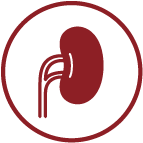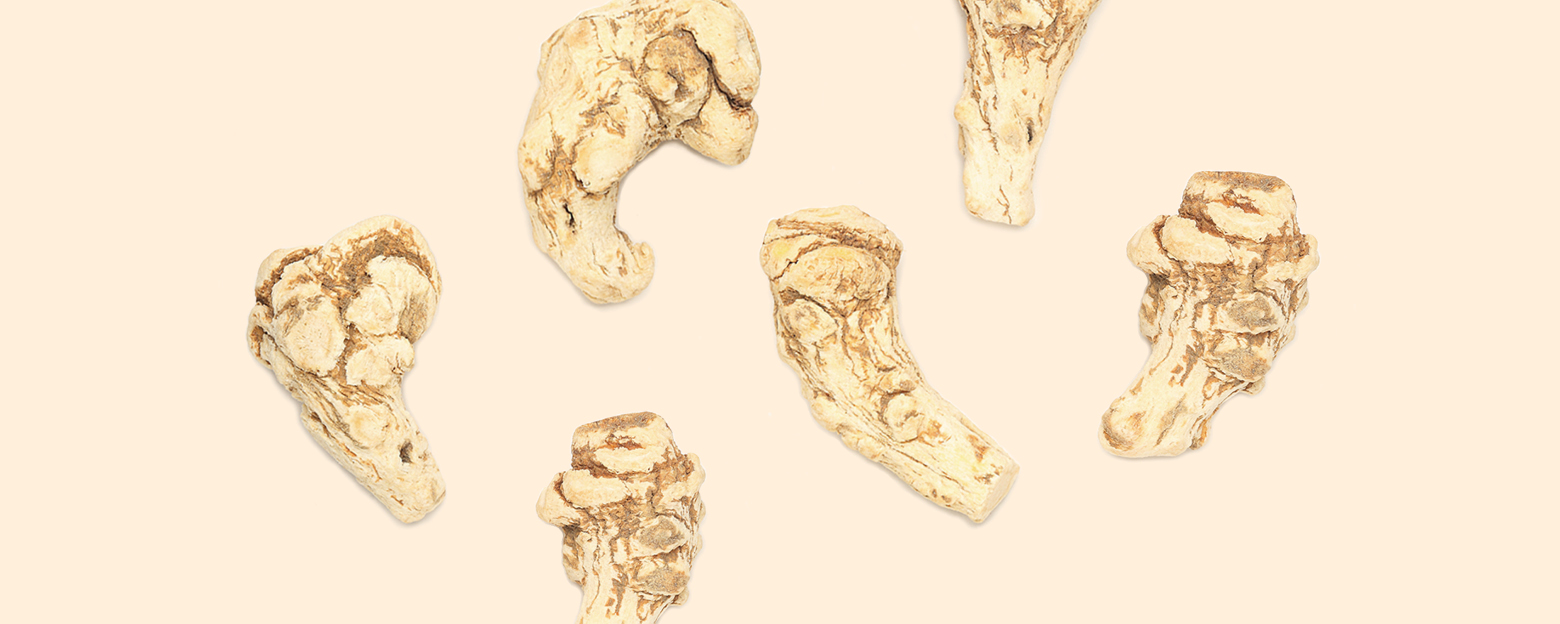Traditional Chinese medicine places a strong emphasis on utilizing authentic herbs sourced from specific local regions, as the local climate and environment play a crucial role in fully manifesting the medicinal properties of the herbs. Gansu and Shaanxi are renowned for producing high-quality Angelica Sinensis, where the favorable environmental conditions contribute to the herb's medicinal efficacy. Described as the "Emperor of Herbs for Women" in the classic text "Compendium of Materia Medica," Angelica Sinensis holds significant importance in gynecological applications. Through extensive clinical experiences, traditional Chinese medicine has clearly elucidated the key functions of Angelica Sinensis, which include replenishing blood, promoting blood circulation, regulating menstruation, alleviating pain, and facilitating bowel movements. Furthermore, according to the wisdom documented in the classic text "Collected Commentaries on the Materia Medica," Angelica Sinensis is considered a vital herb specifically for nourishing the blood. This highlighting underscores its indispensable role in traditional Chinese medicine as a blood-nourishing remedy.
The root of Angelica Sinensis is predominantly utilized for its blood-nourishing and intestine-moistening properties. Conversely, the tail portion of Angelica Sinensis is known to be more effective in promoting blood circulation and alleviating pain. In contemporary medical applications, Angelica Sinensis is commonly categorized and employed as a general herb for activating blood and promoting circulation.


Warm

Liver

Heart

Spleen

Sweet

Spicy
Replenish and promote blood circulation to prevent stroke.
Blood Replenishment and Circulation.
Moisten and lubricate Intestines.
| . | Replenish and promote blood circulation to prevent stroke Angelica Sinensis contains angelica sugar, a variety of amino acids, vitamins A, B12, E and a variety of essential trace elements, which can replenish blood and regulate menstruation and relieve pain. Angelica Sinensis contains the bioactive compound parthenolide, which is a sesquiterpene lactone. Parthenolide has been shown to have a strong inhibitory effect on the inflammatory response at the cellular level. Neuroinflammation, which is the inflammatory reaction in nerve cells, is a major contributing factor to the development of ischemic stroke. Parthenolide can effectively suppress the production of pro-inflammatory mediators by macrophages (a type of immune cell). By inhibiting this neuroinflammatory response during the ischemic period, parthenolide from Angelica sinensis can help prevent the onset and progression of ischemic stroke.
|
| . | Moisten and lubricate Intestines In Traditional Chinese Medicine (TCM), there is a foundational belief that essence and blood originate from the same source. Individuals with blood deficiency often experience insufficiencies in other aspects, and a lack of intestinal fluid can lead to constipation. Consequently, the blood-replenishing and blood-activating effects of Angelica Sinensis are believed to be beneficial in addressing constipation issues within this holistic framework of TCM.
|
| . | Skin Blemish Removal The aqueous extracts of Angelica Sinensis have demonstrated strong inhibition of the enzyme tyrosinase. This inhibition effectively hampers the formation of melanin, the pigment responsible for skin discoloration. As a result, Angelica Sinensis has shown remarkable efficacy in the treatment of various pigmentation-related skin conditions, such as melasma (chloasma) and freckles. Furthermore, Angelica Sinensis' capacity to curb melanin production bestows anti-aging and cosmetic benefits by promoting a youthful and radiant complexion. Its skin-rejuvenating and pigmentation-regulating attributes make Angelica Sinensis a valuable aid in helping individuals maintain a more youthful and vibrant appearance.
|
| . | Regulate menstrual irregularity and pain Angelica Sinensis contains sodium ferulate, a bioactive compound known for its therapeutic properties. Sodium ferulate is noted for its ability to reduce blood viscosity, enhancing blood fluidity. Additionally, it can promote the dilation of blood vessels, particularly the coronary arteries, leading to improved blood circulation. Angelica Sinensis is also capable of decreasing fibrinogen levels in the blood, a clotting factor, and prolonging the action time of thrombin, thereby displaying anticoagulant effects. Historically, Angelica Sinensis has been recognized in traditional Chinese medicine as a "women's tonic" or "women's herb" due to its reputation for regulating menstruation, alleviating menstrual pain, and nourishing blood.
|

Angelica Sinensis is mainly produced in Minxian County, Weiyuan County, Longxi County, Danchang County and other places in Gansu, in addition, it is also distributed in Shaanxi, Sichuan, Ningxia, Guizhou and other regions.

It is suitable for cultivation in deep, loose, well-drained, fertile and humus-rich sandy loam soil, and should not be planted in low-lying waterlogged or easily compacted clay and barren sandy soil.
The optimal time for harvesting Angelica Sinensis is in late autumn. After digging up the root, the fibrous root hairs and any attached soil/mud should be removed. The roots are left to partially air-dry, allowing some of the moisture to evaporate. The roots are then tied into small bundles or bunches. The bundled roots are placed on racks or shelves and slowly smoked/dried over a gentle fire. Once fully dried, the Angelica Sinensis roots can be sliced either into thin pieces or separated into the upper and lower sections (body and tail) for different uses.















